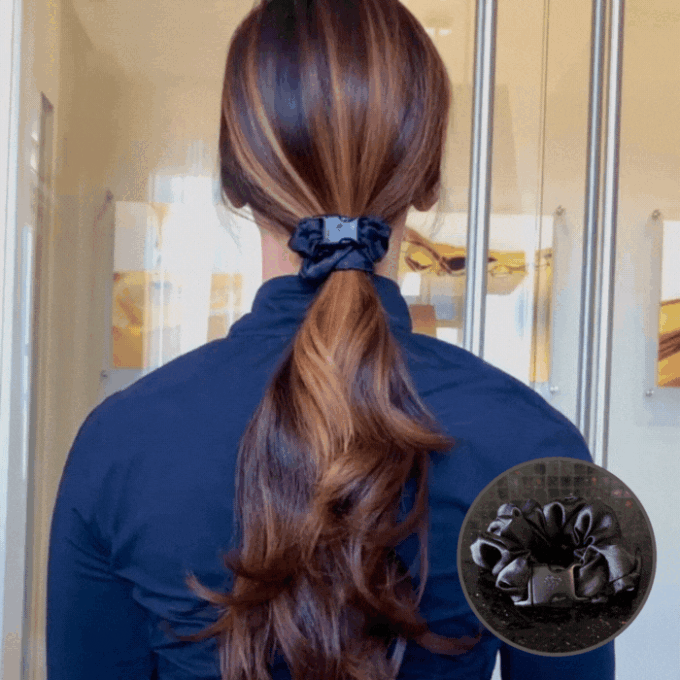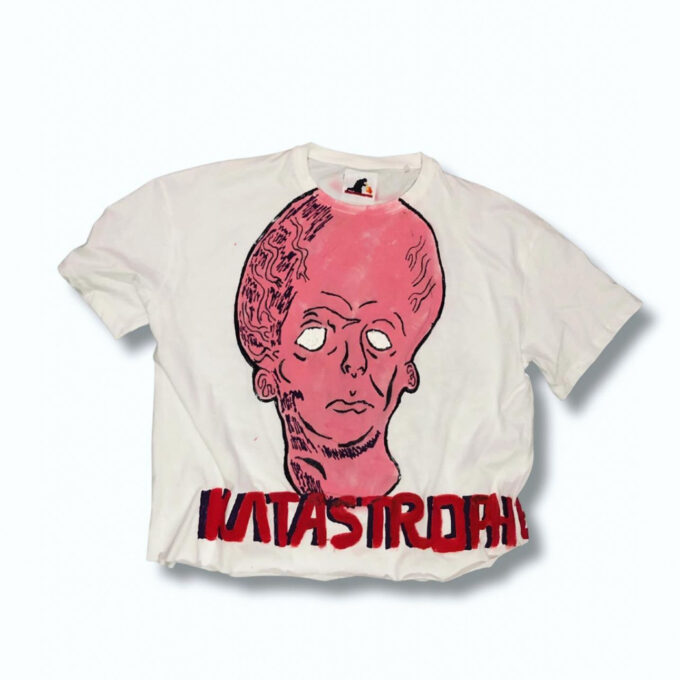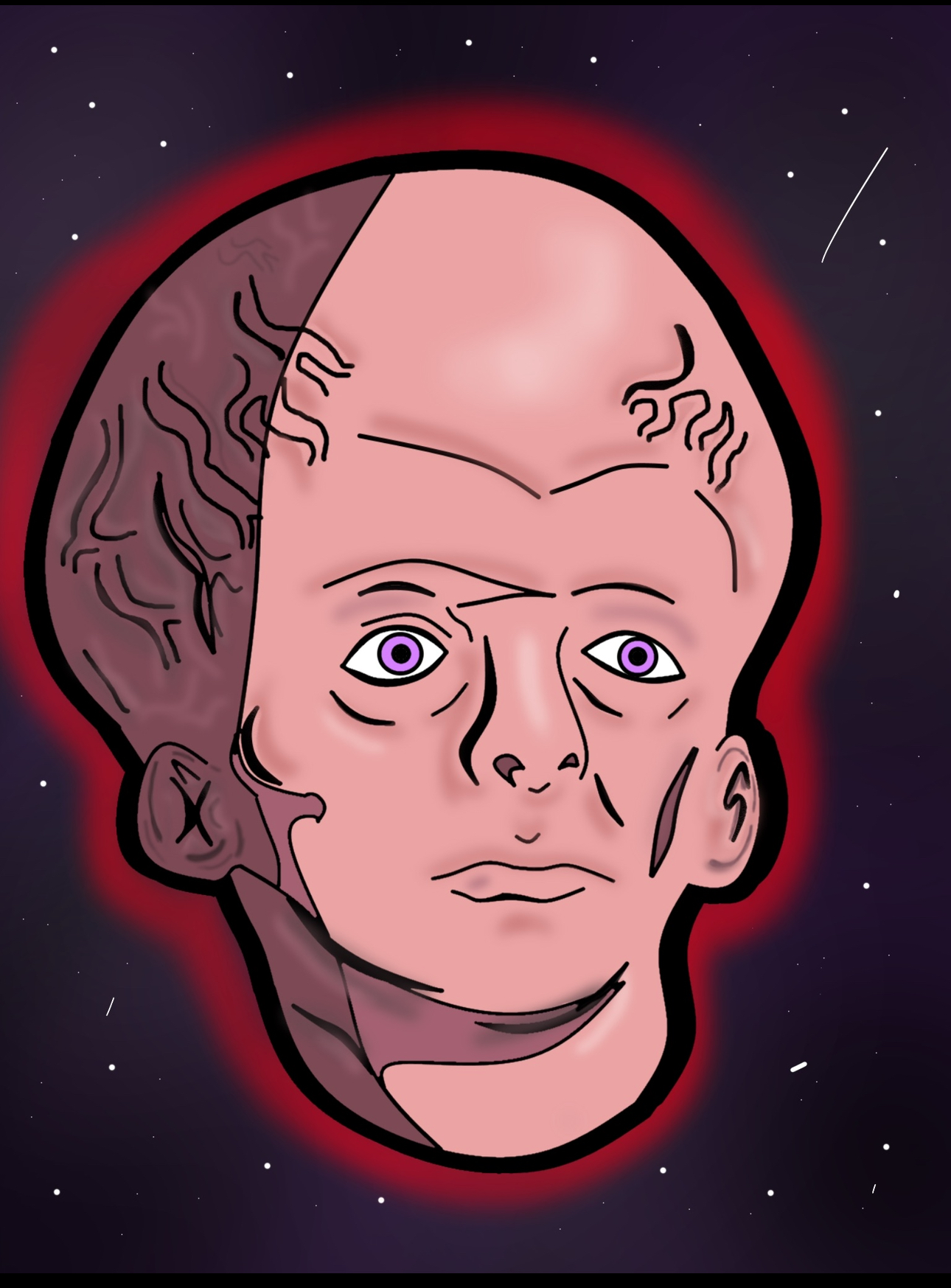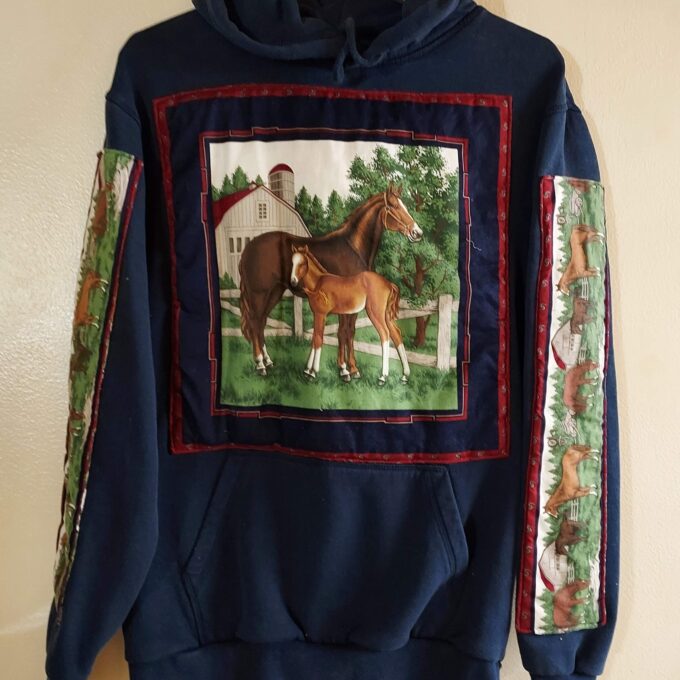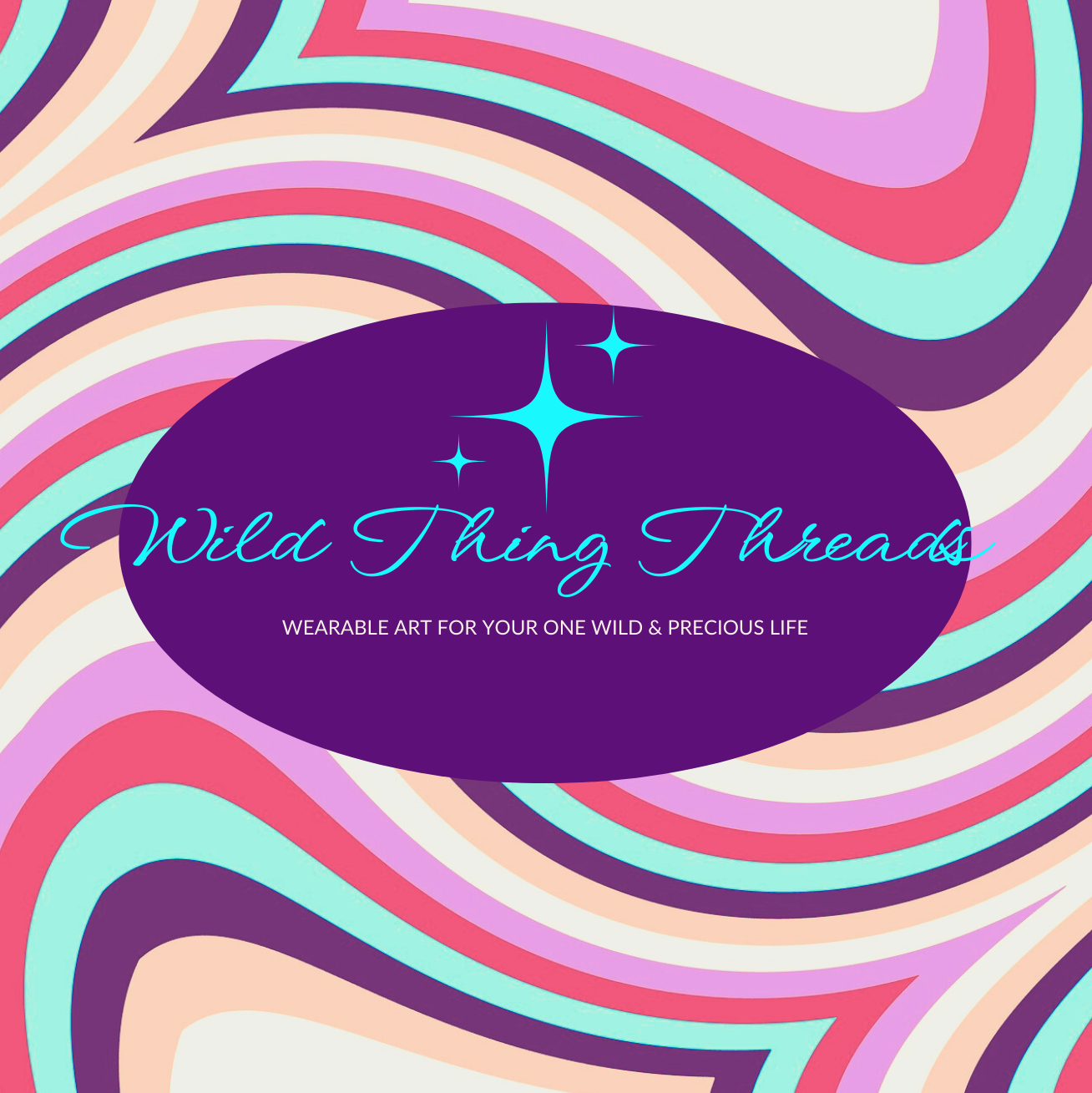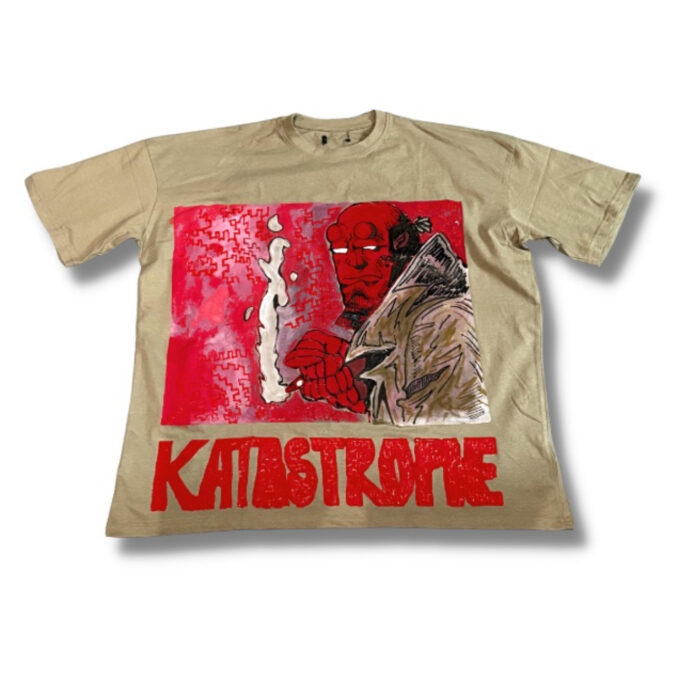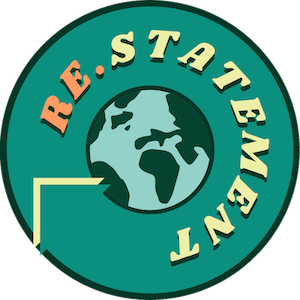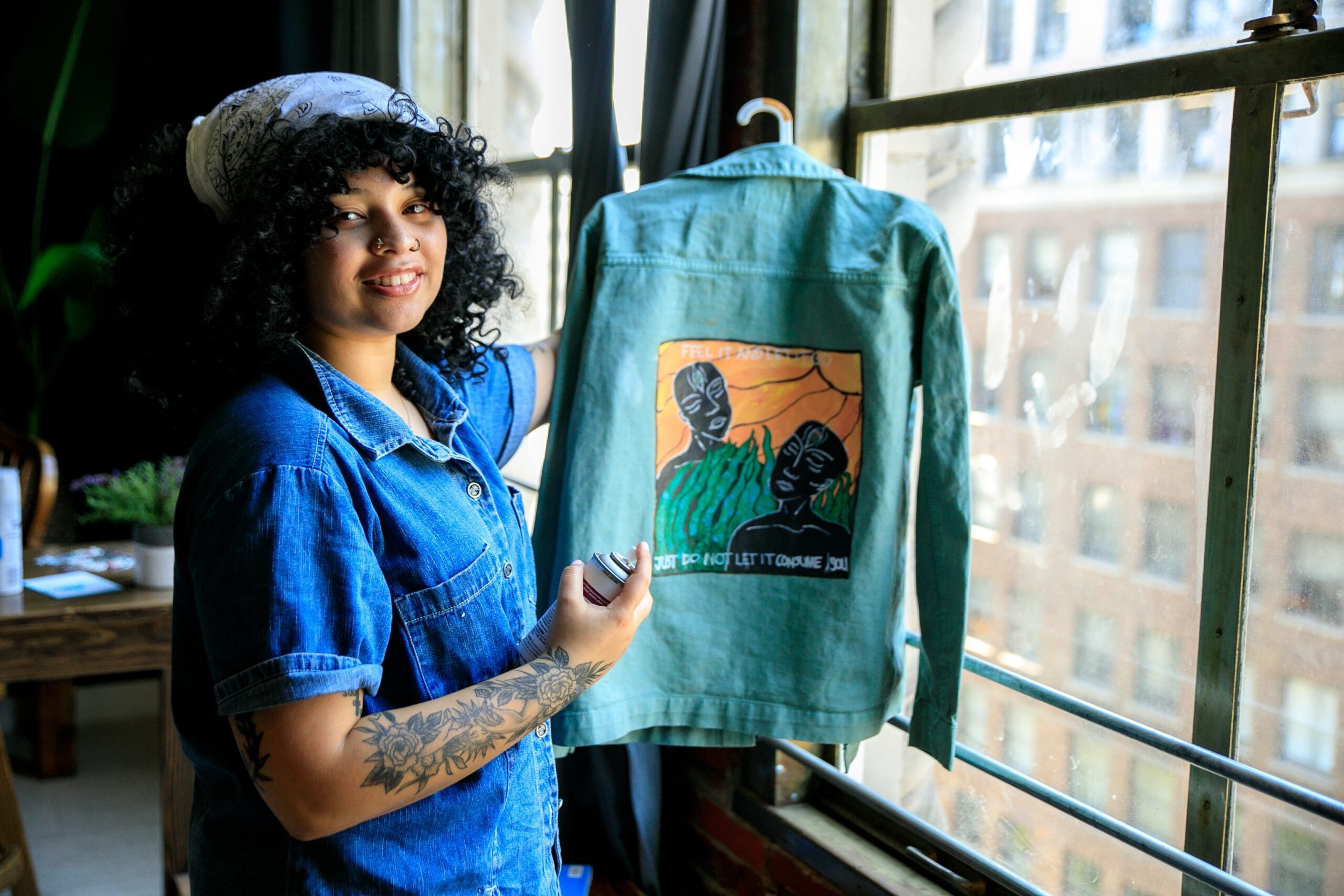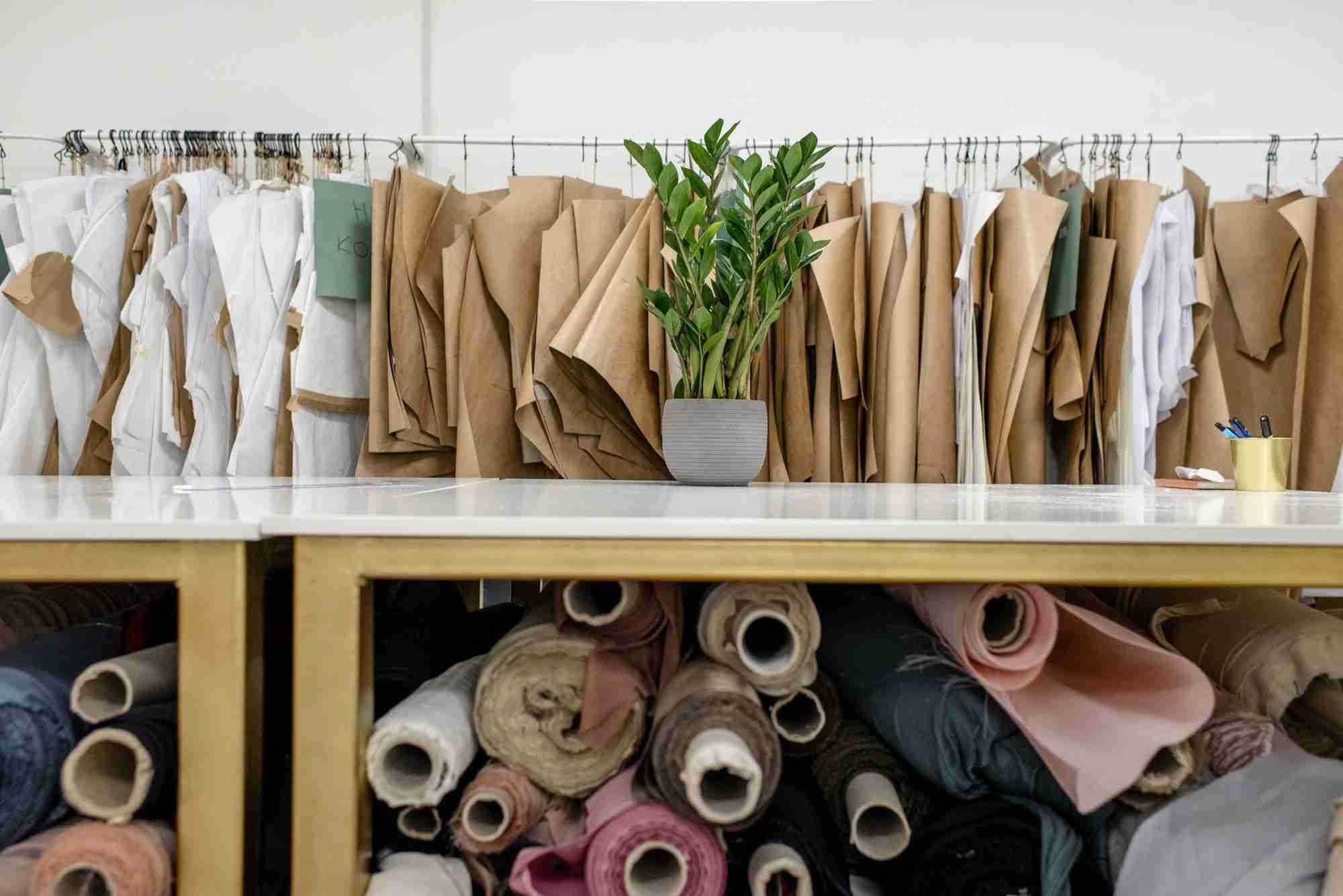
Join us in this electrifying episode of RE.STATEMENT’s Upcycling Sustainable Fashion as we sit down with the remarkable RISD alum and visionary designer, Chris Mena. Dive into the fascinating world of upcycled fashion as we unravel Chris’s awe-inspiring journey of transforming urban street finds into runway-worthy pieces with his brand, Made by Mena.
Discover how it all began as Chris takes us back to the spark that ignited his passion for sustainable fashion. Learn firsthand how he navigates the bustling streets to source the materials that become the very essence of his creations. Delve into his brand’s visionary ethos that bridges the gap between fashion and sustainability, reshaping the landscape of upcycled clothing.
Seeking advice for budding designers? Chris graciously shares his insights on building a remarkable team, sculpting a brand vision that resonates, and cultivating the essence of innovation that sets his designs apart. Gain exclusive glimpses into his upcoming fashion show that promises to captivate the industry with his innovative take on repurposed fashion.
Tune in to this dynamic conversation filled with keywords that resonate with fashion enthusiasts: streetwear, sustainable fashion, upcycling, repurposed fashion, design, and the exciting journey towards a greener tomorrow. Join us as we unveil Chris Mena’s extraordinary tale of turning sidewalk treasures into runway sensations.
🎙️ Listen now and become part of the sustainable fashion movement reshaping the industry’s future! 🎙️
Check the Made by Mena Instagram for details on his upcoming fashion show in September 2023.
Transcript
Hannah Le: Good afternoon. Chris, how are you?
Chris Mena: I’m good. How are you doing?
Hannah Le: It’s so nice to talk with you today. I’m so excited to go over you as the designer, the process that you use for upcycling and just learning more about where you’re at and what you’re going to do next.
Chris Mena: Yeah, I’ll take you through the whole shabam.
Hannah Le: Yeah, Give me all the secrets. That no one else will ever know Deepest darkest secrets
Chris Mena: exactly. I’ll give you all the fashion showing secrets right here from the studio.
How did you get started with upcycling?
Hannah Le: So I learned about Made by Mena last week, when I was going into Art of Where I’m going through, all the designers seeing really cool stuff. And I came across a really cool piece as you created. So for instance, the Collegiate Apparel, the songs, really big sweatshirt with Texas A&M on it. I sent it to a couple of my friends back in Texas and those really awesome Can you Fill Me in on how you got started with upcycling and how you ended up in the store and New York?
Chris Mena: Yeah, yeah. So it’s a really long, long and drawn out story. But basically, I started doing it in college because I went to Rhode Island School design. So, They’re very traditional school. So they take you through all of pattern making designs, they’d break it down into knitwear tailoring Etc. So, when I started to do fashion, I wasn’t as good as some of my other students so I saw taking apart clothing at the time. This is 12 2013. I saw it as a way for me to understand pattern making and understand how garments are constructed while trying to keep up with the rest of my students. So that was kind of like the main focus was using it. As a way to learn more about garments and pattern making and making sure I get the right fit while I was studying at school. And then I started to realize that
Chris Mena: You could take a part of the garment and then use all the pieces and make a new garment. And at the time I was doing it very basically. I was kind of just like I started with a lot of drop crotch pants, buddy and I were just banging them out one summer. We would take old skirts and just cut a crotch line and do one scene. And that’s kind of really what kicked it off into this whole fashion world and then just evolved from there.
Where did you find materials to work with in the early days of your career?
Hannah Le: That is so cool. And so during those early days of upcycling, where were you? Finding these pieces to take apart?
Chris Mena: I mean I was like going to Savers and Salvation Army. This was in Providence Rhode Island so the thrift store thing wasn’t quite kicked off yet. It was right as Macklemore had put out his thrift store song. So it’s pretty funny because everyone was starting to go to thrift stores and Get That Live Going and it wasn’t as popular as it is today. So it was mostly like Saver Salvation. Army, I remember one savers in Providence, that was a main pick zone but then as I got more into it I started to research by the pound places and different areas where you could really buy exactly what you were looking for.
What about materials you’re finding today?
Hannah Le: Okay, so now these days, when you go shopping for resources to work with, do you have a particular Peace in mind that you look for or how does your process look like today?
Chris Mena: Today and my own process. It’s more about what type of textile I’m looking for because I do a lot of wholesaling. So a lot of my business is wholesale so I have to make the same thing over and over again, in different sizes. So when I go to look for something, I use a lot of denim because denims, it’s very well, broken down like there’s short, legs or wide slim leg, big sizes, small sizes, different washes. It’s very repeatable. But when I go to look for stuff now, it’s very much. So what textile am I looking for? Am I looking for shirt material? Am I looking for denim? And I would bunch different resources that are different.
Chris Mena: Specifics. So if I want, 500 pounds of denim. I’ll go to one place or if I go to a different place or if I want a bunch of scars to go over there. If I want a bunch of camo, I go here. So I really kind of built up this arsenal of places that kind of, I can buy them at an affordable cost because I have to break it down into a cost structure that allows for wholesaling. Which means that from my cost, I have the market up for a wholesale cost and then my stores have the market up for a retail cost. So at my level I have to keep it at an affordable price because there’s going to be a markup on top of a markup there. So
Hannah Le: So, 500 pounds of clothing is a lot. I’m trying to picture what that
Chris Mena: 500 pounds of clothing is about 200 pairs of jeans. Each gene is about a pound and a half to two pounds depending on size and all that. it’s a,…
00:05:00
Hannah Le: Okay, okay, and so you’re just
Chris Mena: It’s a sizable pile, it’s a nice pile. you would be surprised with how much it is, or how much it isn’t actually. A lot of the top and vintage resellers will sell bales and those bales can go from 300 to 500 pounds and they’re probably Maybe five by four feet and they’re compressed, so they’re pushed down and they’re bound together.
Do you ever find unexpected materials from the vintage clothing bales?
Hannah Le: Yeah, do you ever find pieces that come in the bale? So you’re just like this is really hard to work with or this wasn’t what I was expecting.
Chris Mena: When you buy bales it’s by type generally so you’re like buying a denim bail, you’re buying a skirt bail or this side of the third. So when you’re at that level you are what you’re getting into at that point. And there’s always going to be a one-off thing where it’s maybe I can’t use this for this project but I’ll sort it away. I have a whole fabric room. That’s a bunch of clear bins, and I have stuff sorted by material type.
Where do you work?
Hannah Le: And so production looks like for you. what’s in your background right now is where you work out of or
Chris Mena: Yes, so I have a full studio here. So, two cutting tables. Seven machines like a little photo set up back. Here’s my pattern, slash clothing rack and most of my collections over here. I do all of my production in-house so I get to touch and…
Hannah Le: Right.
Chris Mena: feel everything all higher people to come in and do sewing when I need to do a big production run. But for the most part I’m sitting in here every day just sewing.
Hannah Le: Yeah, I was inside. if it’s literally just you must have extra hours in the day than the rest of us do. So It’s pretty wild.
Chris Mena: I guess. Yeah. I squeeze an extra six somehow.
What was your vision for you and your brand from the beginning?
Hannah Le: Yeah, but I guess when you were still in fashion school did you ever imagine yourself as a brand owner? A designer who upcycles or what was the vision you had in mind?
Chris Mena: Everyone can tell you that knew me back in the day that I would have my own business, that was the mindset that I was striving towards. And that I really wanted to get to just because I like that. Control so to speak.
Chris Mena: Did I think I was gonna be doing it the way? I’m doing it now? Maybe not necessarily, but by the end of my senior year, I knew that I was gonna be, in upcycling and that was the route that I really wanted to go down because I saw it as a new and innovative thing that a lot of big brands couldn’t achieve and this was So early on maybe not so much. Anyone want to have my own brand, but as I developed it I realized how essential, it was to me as a designer
What advice would you give to new designers who upcycle?
Hannah Le: Okay, there’s many. Yeah, I think a lot of the designers who Upcycle on RE.STATEMENT they start out doing it as a side hustle or just for fun. Every so often and the hardest part is then growing that company right? Or that brand and so getting the right customer through the door. Getting their sizes to fit the right people or get the right people who are already looking for their sizes and stuff like that. And so what are some of your recommendations for anyone who’s starting out as an early up cycling designer?
Chris Mena: I have an intern I was actually just talking to Quasi about this yesterday.
Chris Mena: First and foremost, this industry, you do have a lot of time to sit down and think about things. So don’t waste that time. either you’re cutting patterns for sewing or whatever. So you always have time to think about stuff. And you can either turn your brain off and just kind of go or you can think about how you do things. But to answer your question, I think for a young designer who’s in this space upcycling, so to speak. I think that once you have your identity down, like knowing who you are, is definitely huge in the industry and that’s always going to change. We grow and adapt and we develop as human beings. But once you have kind of some sort of direction which you’re heading, I think that when you design a piece, you should think about how you’re going to design it for more than just either yourself or your friend, design When I designed stuff. Now, I think about
Chris Mena: Who’s going to be wearing it? How many sizes I need to do? And then for example, my pattern piece has to fit in predetermined sizes. So when you break a pair of pants apart, you only have a certain shape to work with and then within that you have seams to work with as well and pockets, and all these kinds of little details. So I think about all those elements and how they’re gonna help or hurt me in the future. So, when you’re a young designer in the upcycling sense, I think you should think about, How do I size something down? And how am I going to make more than one of this? And when I go to make more than one or two or three or five or 10, 15, 20, whatever it may be, how is that going to affect my process? As a maker or maybe I’m gonna hire someone to do that. The problem today is that most factories don’t because of the way the industry’s been set up a lot of factories don’t know how to cut apart.
00:10:00
Chris Mena: Existing clothing. So more often than not, you’ll have to do all the cutting and then supply the factory cut goods which then they can just sew together any other piece. but there’s a lot of facets but yeah, I think the major thing in growing a business is understanding that you’re not going to make everything in one size. And you have to understand how to make things in a variety of sizes, from the smallest size, to the biggest size. And then understand where your market is and…
Chris Mena: where your customer lies, like, what size is that going to be?
How would you describe your brand’s style?
Hannah Le: Yeah, I really appreciate that advice and I think as we publish this piece that we’re doing together, we’re going to share the photos of your designs like some of your latest work, some of your favorite pieces as well. How would you describe the style of the clothes that you’re creating?
Chris Mena: I’m like a grungy streetwear designer right now. I’m changing and…
Chris Mena: shifting my direction a bit, just because the market right now is so saturated with that. And it’s something I’ve been doing for many, many years that I want to grow into a new direction, which is still keeping their cycle platform them on, but then adjusting it into a cleaner direction if that makes any sense. but when I first started, I want to use the garments how I found them. So if they’re worn or they’ve rips or holds or whatever, I’m gonna use that how they are and now I’m being a little bit more critical in that sense trying to Elevate myself in that sense.
Hannah Le: What do you mean more critical?
Chris Mena: I think. When you’re designing clothes using other clothes, it’s a very easy mindset to almost not think about what you’re cutting apart. And just be this is like a pant leg, or This is the sleeve of the garment, and I’m just gonna cut it and whatnot. But I think that when you really start to think about all the different washes and textures and areas that maybe more worn in or less worn in and hemlines and all the little things that you do have to work with inside of a garment, I think you can really transform that into something more than just cutting out the sleeve.
Hannah Le: Yeah, it kind of forces you to be more creative with the work too, And I’m sure the extra creativity keeps your day more interesting. Like you said earlier, I give a lot of time.
Chris Mena: Yeah, you got a lot of time to just sit and think. I always tell people, if I was just cutting fabric, my life would be infinitely easier. But because I’m taking clothes apart and figuring out how to basically reinvent and reinvent that whole cutting process. I have to really think about every little facet that goes into it.
Hannah Le: Yeah, you must be pretty good at cutting. Fabric is whenever I get my hands on a pair of scissors. It’s I really hope that it’s not a mess but always trying to reduce the damage that I’m creating
What’s next for your designs?
Hannah Le: But yeah, so in terms of what’s next for you, so you want to be a little more Creative in your designs shift to something that’s less grungy. Would you say more like the basics?
Chris Mena: A lot of the basics but doing them in obviously the sustainable way, I think basics are super important. It’s something that people overlook when you look at the actual sales of a lot of businesses. The basics are really what people sell? It’s like hoodies, underwear, shoes are kind of different categories but the basics T-shirts are in there as well. I think that the super elaborate collection pieces are The editorial pieces that are the one-offs that you see, and really, inspire people to go and buy the brand, but when they go and buy the brand, they’re buying the hoodie or the T-shirt, Or the basic basic pair of jeans.
Tell us more about your customers
Hannah Le: Yeah, that’s super interesting and I think what we’ve also found at Re.statement, Some people who are new to the world of Upcycled fashion, they’re a little intimidated. they’re either unsure about their style or they’re unsure, they’re less confident that they could but they say pull off a really cool jacket that’s been cut and so together, or bleached or died, or something like that. Do you find that a lot of your customers have that same sort of feeling, or are they giving you your craziest pieces to buy them.
Chris Mena: I would say it’s hard to say exactly because I have such a wide range of customers because I do a lot of wholesaling and different stores have different types of customers but else I will say that when I go and design I’ll think about that. Maybe this is more of a simple piece or maybe this is more like a labor piece and I’ve noticed that more elaborate pieces get more attention from people. they get more likes or shares or whatever people comment more on them but I don’t sell them as much. So from a business point of view, It’s almost important for me to always balance things out with basic pieces. I have a basic gene. I have a basic hoodie. I have a basic tea, I have the basics that people can come and buy at an entry level or whatever. And then I have a lot more elaborate pieces that
00:15:00
Chris Mena: Work, a pair of pants called the mullet pant right now and it’s recycled fabric or sustainably sourced fabric with denim pieces and it’s like, a super wide leg pant, but because of all the insured in intricacies, it ends up being like a $900 pan. And that’s not something that everyone can go out and buy. So, there’s room for everyone. It’s hard to say. I think understanding your market is the most important thing. Understand who’s gonna buy your stuff, who your friends are really? That’s something I’ve come to come to terms with a lot recently is because I do wholesale. And a lot of my pieces have to factor in that additional markup it almost puts me out of reach from. I know the people that are gonna support me on my own, friendship level. So, I’m doing more now to bring my prices down lower to more of a consumer level that’s in my own space while keeping the super intricate pieces.
What is your brand’s typical price range?
Hannah Le: Yeah. Yeah at re.statement we always say we want to be accessible…
Hannah Le: But also aspirational, So I think that’s kind of what you’re juggling right now where it’s like you want people to access your brand and really love your brand as much as you do,…
Chris Mena: Right.
Hannah Le: But Just when it comes down to the effort of creativity, the materials, the fabrics you’re working with, that’s going to set a premium on the price. So what would you say, your typical price range currently is and where you kind of see it going in the future?
Chris Mena: it’s all over the place right now. Honestly, I would say my original price point kind of when I was really starting to get things off was in the high hundreds, maybe averaging around for 350 for five give or take. I’m trying to bring my basic line down to the hundred dollar range where I’m still making quality garments so every stitch everything’s thought about there’s a lot of Ingenuity into that. But I want to bring it down to maybe I have to invest a little bit more that I would. I’m not going out buying a pair of Levi’s for 60 dollars eighty dollars to buy a pair of Mena jeans in the hundreds but it’s not going to break the bank you’re investing into something that’s gonna last you. And That that going into it whereas you’re not buying a luxury, a price item. I will say though, I think there is a stigma in the industry where
Chris Mena: That’s been brought upon us by all these designer brands that if you’re making $5,000 jackets or three thousand dollars this or twelve hundred dollar pants whatever that you can’t offer lower ticket items to the industry. And I think that’s something that I want to change in my own brand. If I can do it, I’d like to make a T-shirt that someone could buy for 30 dollars. That’s not
Chris Mena: in that fast fashion realm, that’s something that’s still sustainable and still in that friendly world. But then offer someone for example, I have a jacket called the burlap bomber. It’s made from recycled coffee bags and the bags are sourced from different Shops, etc. It’s an aligned jacket, but there’s a lot of labor. It’s work that goes into making that jacket because of the material, there’s a lot of time and effort going into the actual sewing. And making sure that things don’t fray. And the general construction of that garment needs a lot of fine attention because of the material. But that jacket goes, that’s in the 2000 range. So, I’d like to be that brand that offers people that sustainable entry-level price item. That’s what you would see every day at Walmart or something, and then offer them a very high luxury and product that has all of the fine details into it.
Hannah Le: Yeah, because it’s what gets them through the door today, It gets them instead and…
Chris Mena: Right.
Hannah Le: Then maybe sometime in the future when your customers get a nice promotion or win the lottery or something like that, they’ll come to support you. And I think that’s a really good vision you have there. And then in terms of
Chris Mena: I mean, on top of that, the last thing I will say is that designer brands do do that already. you just don’t realize that you’re being trapped into it. So, for example, It’s kind of like the Status quo for the designer world is like Louis Vuitton will put on this crazy show, And quasi million dollar show with all this Elaborate clothing, etc. Most people just buy the handbags, So they buy the same handbags that have the same logo, whatever and then if you can’t afford the hand butt, handbag you go and buy the perfume and perfume is in that 60. 80 hundred dollar range where people are like, I’m wearing XYZ perfume. I can’t afford the clothing but I still want to be in that club so to speak.
What about other lines of product in the future?
00:20:00
Hannah Le: Yeah, do you see yourself selling other lines of product as well? I do do accessories or shoot,
Chris Mena: I’ve been getting to bags, honestly, I really like bags and I will say if you want to recycle back to the beginning, this interview. When we were talking about the sizing and who buys your product and whatnot, bags are really interesting because you don’t have to necessarily worry about the sizing or gender. So to speak, everyone needs a bag and you can design a bag that anyone can come and buy. So I think that’s something that I’m kind of honest, diving into more is soft. Goods are like, that kind of accessory range.
Hannah Le: I’m really excited to keep an eye out for these guys that you’re talking about. I always think I own maybe two tote bags. I’m like a backpack girlie too so I always like to be balanced. So anything you have I’m gonna keep my eye out on social media for the new product line.
Chris Mena: It’s the day duffel. So It’s a few gallon bag and it’s good for day trips or if you want to really go to the gym or just that of the third kind of whatever you need to throw into it.
What’s your favorite and least favorite part of your day-to-day?
Hannah Le: Interesting, we’re gonna chat about this because there are a couple talking to me,…
Hannah Le: about what to do with their return to access bags. But, yeah. And then I’m trying to think what’s the best part of the job on your day to day these days?
Chris Mena: It changes. So I’ve been working on a fashion show for September that I’m solo producing. I have a team of beautiful, brilliant people, but I’ve decided not to go the traditional route and just go to some conglomerate that’s finding your own location and producing it. All that from jazz. So, for me right now, the worst thing is, sitting down at the computer and sending emails or reaching out to people, or looking for sponsors. That’s the third. Because I want to be just making the clothing, but I would say day to day, I love sampling, I love making the initial piece, but when I sit down and I have to make 10, 15, 20 of them, it kind of gets to me. So, that’s why I usually hire people to come in and do the sewing. It’ll keep an eye and make sure they’re doing it the right way. But when I have to sit down and do the same thing over and over and over here,
How do you effectively communicate with your team?
Hannah Le: What does that process look like when you’re communicating with the people who are sewing for you, do you give them an example and you’re like, Hey, here’s…
Chris Mena: It varies on …
Hannah Le: what you’re working with. What does that look like?
Chris Mena: how well the factory or the people themselves. So in my experience usually working with people with broken English so you have to understand that going into it the best way to go about it is providing a sample that is exactly the way you want it to be. And then Traditionally, you’d provide a tech pack with all of the stitching and whatnot laid out very visually. Because obviously, if people don’t know your language and they don’t know all the words, they might have a hard time reading specifics. But if you have pictures, it’s a lot easier. But in my own space, I work with some people that I’ve worked with for three years. So, we have a good working relationship and I can sit down and communicate, I’d like this stitch to be like this. I like this top stitching. I want to be this color, etc.
What can RE.STATEMENT do for you?
Hannah Le: Yeah I always feel like even if I was sitting down and someone was giving me word word, what to do. I wouldn’t want to read that either. So yeah, I think the communication there is a skill that a lot of recent designers will eventually hopefully, learn in the future but as of now I don’t know if you got a chance to look into it but we statement is the online marketplace for Upcycled fashion right now, designers come to promote their work. Do you see any need for that? Do you have where RE.STATEMENT can help? We love to meet designers, whatever stage they’re at, is there anything we can do for you?
Chris Mena: I definitely think just becoming part of the community and just getting out there more and just having my clothes on as many platforms as possible. It’s one of the most important things for me it’s like marketing at the end of the day But I think it’d be cool to maybe do a branded collaboration on a bag or an article of clothing
Any final words of advice?
Hannah Le: Yeah, absolutely. I’m so excited to talk to you after this fall, too. I’m just to talk through opportunities for that and if you need any help, setting up a profile, I got you on that too. But is there anything that you want to wrap off this call with any last words for the upcycling designers or people who are just curious about sustainable fashion?
Chris Mena: I’d always go back to Nike just do it. If you don’t start, you’ll never learn. It’s gonna be a painful process but it’s kind of part of the fun. You have to love sewing and if you don’t sew, hire someone to do the sewing and just do the design work. And then I’ll do the shameless plug about, I’m having a collection show September. The date is unconfirmed yet, but it’s going to be this September fashion week, the name of the collections from the street and it’s made from discarded items that have been pulled off of the street.
00:25:00
Hannah Le: Wait, I love that. I’m so excited. Definitely going to add that to my calendar. Once you have a date confirmed, thank you so much for this call today.Chris Mena: Of course, thank you so much.

